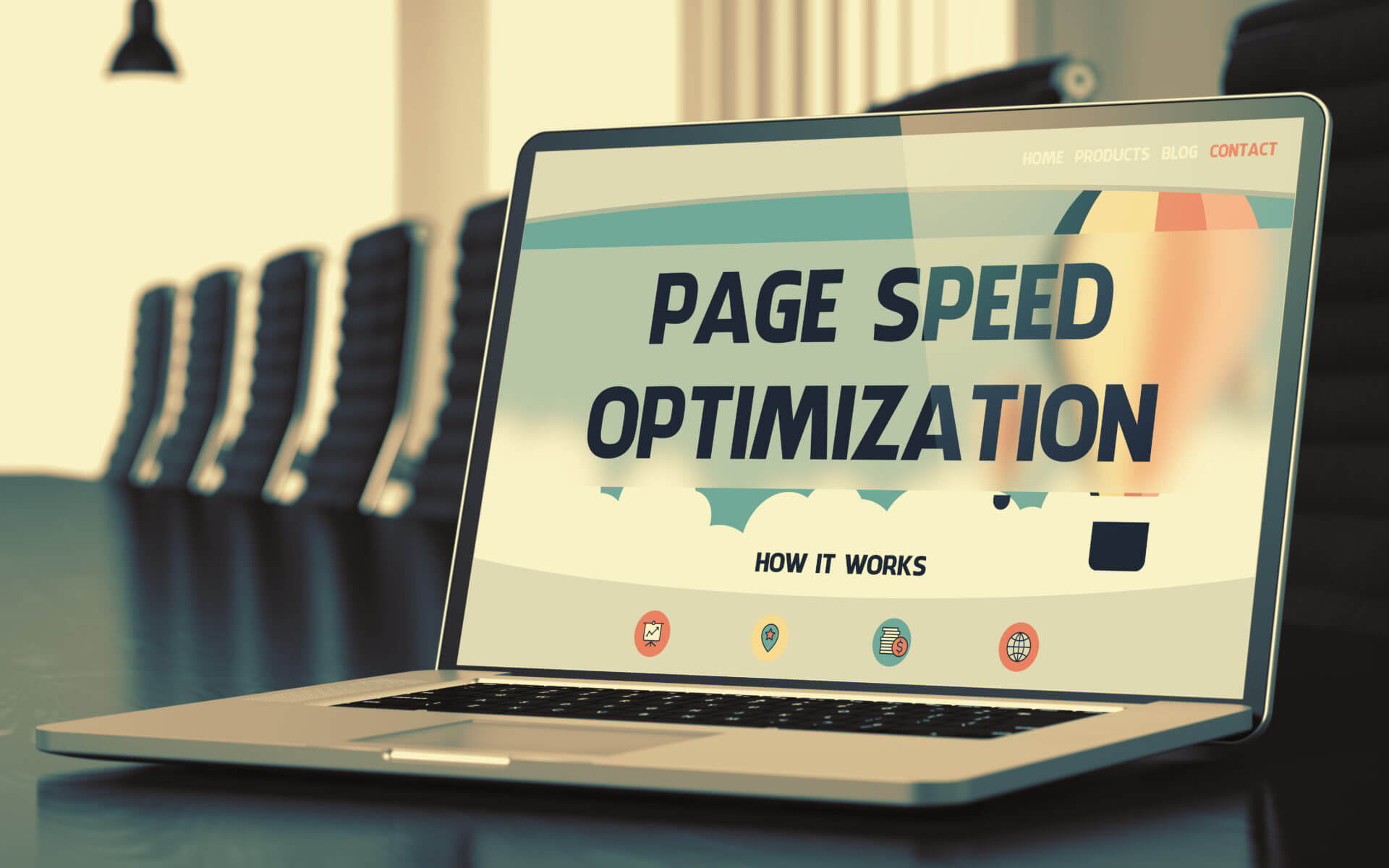In the digital landscape, speed matters. Website page speed is not just a user experience factor; it’s also a critical element of Search Engine Optimization (SEO). Google considers page speed as one of the ranking factors for search results, making it crucial for businesses looking to enhance their online visibility. This blog will explore effective strategies to improve your website’s page speed and, consequently, its SEO performance.

Table of Contents
Toggle1. Understand the Importance of Page Speed
Before diving into optimization techniques, it’s essential to understand why page speed is important:
- User Experience: A fast-loading website enhances user experience, reducing bounce rates and increasing engagement. Users are less likely to abandon a site that loads quickly.
- Search Engine Rankings: Google’s algorithm prioritizes fast-loading sites, meaning that slower websites may rank lower in search results.
- Conversion Rates: Studies have shown that even a one-second delay in page load time can significantly impact conversion rates. Faster websites tend to convert better, leading to increased sales and lead generation.
2. Utilize Page Speed Testing Tools
Before making improvements, it’s important to assess your current page speed. Use the following tools to analyze your website’s performance:
- Google PageSpeed Insights: This free tool evaluates your website’s performance on both mobile and desktop devices, providing detailed reports and suggestions for improvement.
- GTmetrix: GTmetrix offers comprehensive insights into page speed, including load time, page size, and the number of requests made.
- Pingdom: This tool allows you to test your website’s speed from different locations worldwide, helping identify regional performance issues.
3. Optimize Images
Images are often the largest files on a webpage and can significantly impact load times. Here are some strategies to optimize images:
- Choose the Right Format: Use appropriate image formats. JPEG is best for photographs, while PNG works well for graphics with transparency. Consider using WebP for smaller file sizes with high quality.
- Compress Images: Use tools like TinyPNG or ImageOptim to compress images without sacrificing quality. Reducing file sizes can significantly enhance load times.
- Implement Responsive Images: Use HTML’s
srcsetattribute to serve different image sizes based on the user’s device, ensuring that smaller devices load smaller images.
4. Minimize HTTP Requests
Every element on a webpage, including images, scripts, and stylesheets, requires an HTTP request. Reducing the number of requests can improve loading speed:
- Combine Files: Merge CSS and JavaScript files to reduce the number of requests. Tools like Gulp or Webpack can help automate this process.
- Use CSS Sprites: Combine multiple images into a single image sprite. This technique reduces the number of image requests, improving load times.
- Eliminate Unused Plugins: Deactivate or remove any unnecessary plugins that may be contributing to excessive requests.
5. Leverage Browser Caching
Browser caching allows visitors to store certain parts of your website on their local devices, reducing load times for repeat visits:
- Set Expiration Dates: Configure your server to set expiration dates for static resources, allowing browsers to cache them for a specified duration.
- Use Caching Plugins: For websites built on platforms like WordPress, caching plugins such as W3 Total Cache or WP Super Cache can help streamline caching processes.
6. Optimize Code
Cleaning up your website’s code can lead to significant performance improvements:
- Minify CSS, JavaScript, and HTML: Remove unnecessary characters, comments, and whitespace from your code using tools like MinifyCode or UglifyJS to reduce file sizes.
- Asynchronous Loading: Implement asynchronous loading for JavaScript files to ensure they don’t block the rendering of other elements on the page.
- Defer Loading: Use the
deferattribute on scripts to load them after the main content has rendered, improving initial load times.
7. Choose a Reliable Hosting Provider
The performance of your hosting provider plays a crucial role in your website’s speed:
- Evaluate Hosting Plans: Choose a hosting plan that aligns with your website’s traffic and needs. Consider upgrading to a Virtual Private Server (VPS) or dedicated hosting for improved performance.
- Content Delivery Network (CDN): Use a CDN to distribute your content across multiple servers worldwide. This reduces the physical distance between users and your website, leading to faster load times.
8. Monitor and Test Regularly
After implementing these optimizations, it’s crucial to monitor your website’s performance continuously:
- Regular Testing: Schedule regular tests using the tools mentioned earlier to track improvements and identify new issues.
- Stay Updated: Keep an eye on industry trends and algorithm changes to ensure your website remains optimized for speed and SEO.
Conclusion
Improving your website’s page speed is essential for enhancing user experience and boosting SEO performance. By implementing these strategies—optimizing images, minimizing HTTP requests, leveraging browser caching, optimizing code, choosing a reliable hosting provider, and monitoring performance—you can create a fast-loading website that ranks higher in search results and drives more traffic. In a world where every second counts, prioritizing page speed can make all the difference in achieving online success. Take action today and watch your website thrive!


No responses yet